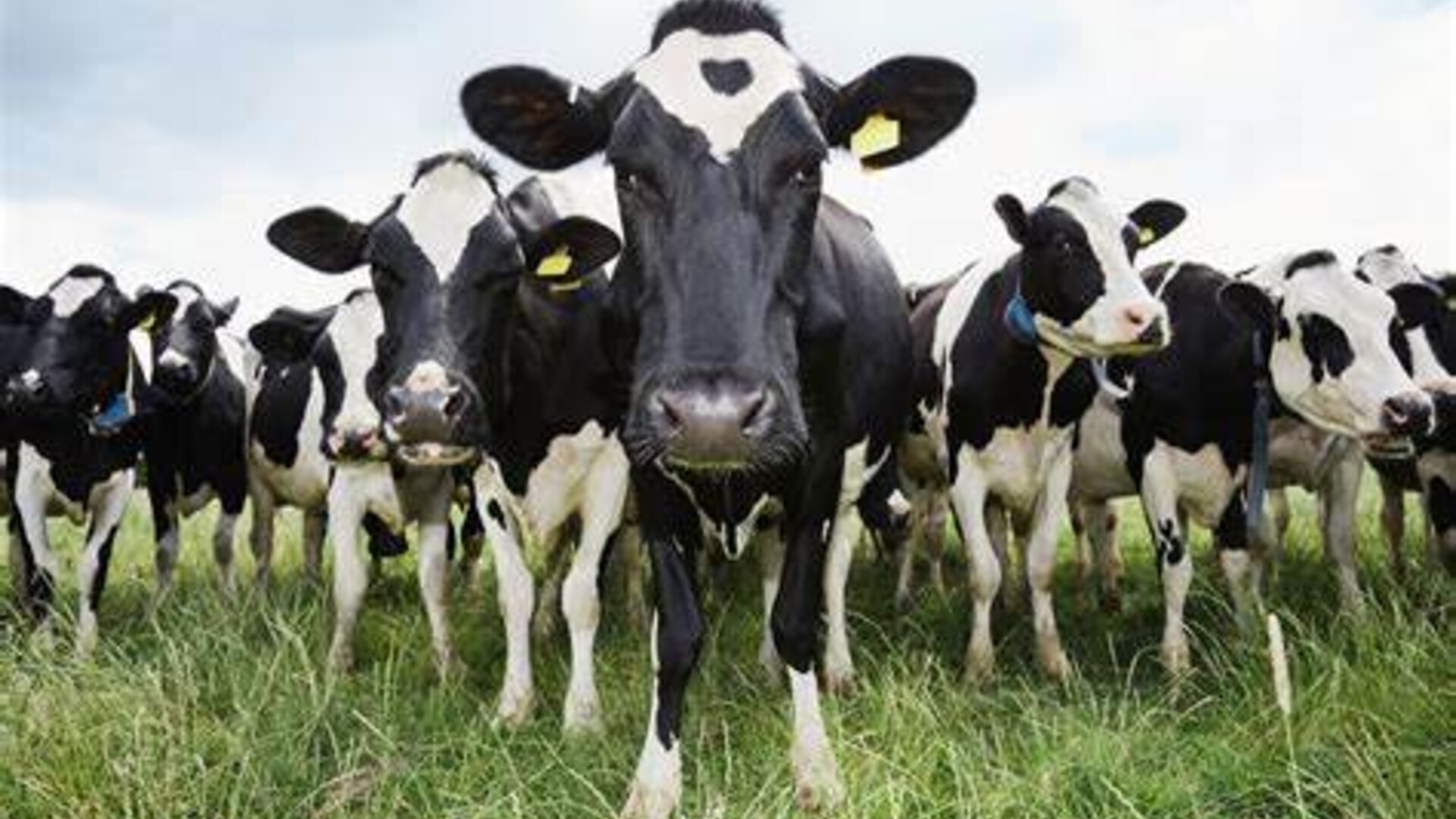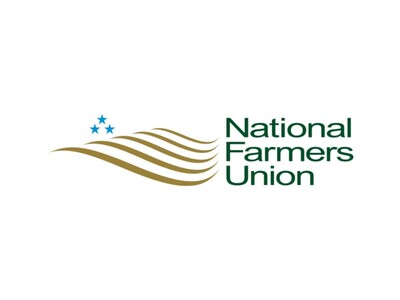Cow Fart Myths Pt 3
I’m Bob Larson. The first two myths about cattle’s contribution to climate change are that the methane produced by cattle is that same as greenhouse gases produced through the burning of fossil fuels, and that the methods used for assessing global warming are accurate.Professor Frank Mitloehner, air quality specialist at the UC-Davis Department of Animal Sciences, says myth number three means a greater demand for beef and dairy means more cattle to produce it …
MITLOEHNER … “I’ll give you an example, back in 1950 we had 25-million dairy cows in the United States in 1950. Today, we have 9-million. So, we went from 25 to 9, but with the 9-million today we produce 60% more milk.”
That, Mitloehner says is quite the reduction …
MITLOEHNER … “And, that means that the carbon footprint of a glass of milk between 1950 and today has decreased by two-thirds. So, again, we went from 25 to 9-million cows, but produce now 60% more milk, and that has reduced our carbon footprint by two-thirds.”
So more cattle, Mitloehner says won’t be needed …
MITLOEHNER … “So, it is not true. It is a common myth that in order to produce more animal-sourced foods you have to grow animal herds. That is not true. We have shown that the opposite is true and what we now need to do is help parts of the world that don’t follow suit yet, in the task of improving efficiencies, in doing just that.”
Listen tomorrow for a wrap up on the myths that livestock carry much of the blame for climate change.

















